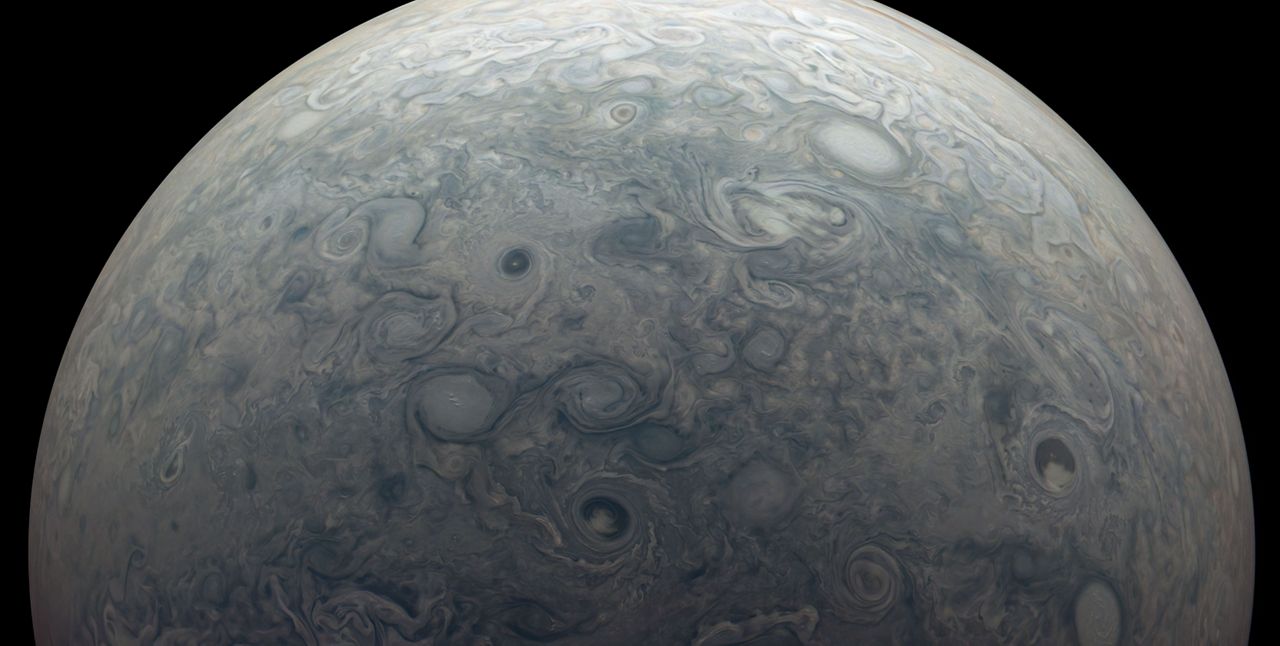Scientists are looking to our oceans to study patterns on a planet 365 million miles away.
A new study published in the journal of Nature Physics proved convection in our ocean currents is like the forces that create large cyclones at Jupiter’s poles.
A researcher from Southern California is using knowledge of our oceans to learn more about Jupiter.
Lia Siegelman, a postdoctoral researcher at UC San Diego’s Scripps Institution of Oceanography, found storms on Jupiter go through similar processes, like weather on our planet.
Comparison of vortices
Siegelman got an idea to do this study after coming across a photo taken by NASA’s Juno spacecraft while doing research of the ocean currents in Antarctica.
“With my adviser we walked through this image and was like, wow! This looks similar to the turbulence that we observed in our on ocean,” Siegelman told Spectrum Networks.
Jupiter is an ocean of gas, while our planet is an ocean of water. Both follow the same laws of physics, meaning they both use physical forces and energy sources to create cyclones. Siegelman describes the storms on Jupiter like a monster.
“It’s like this transfer from small scale convection to those large cyclones. It’s like a big monster eating the smaller one, over and over again.”
Storms merging on Jupiter

Siegelman said her understandings of the largest planet could help us learn more about our weather on earth.
Hurricanes cannot form near the poles on our planet because of the Earth’s rotation. As for Jupiter, enormous storms are forming at the poles. She wants to explore that further and why cyclones on Jupiter last so long.



